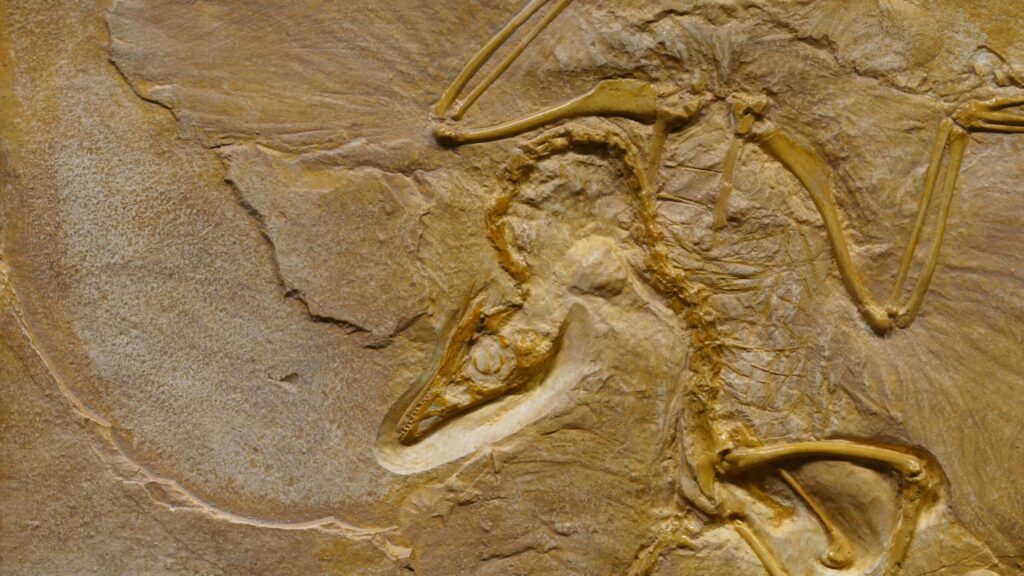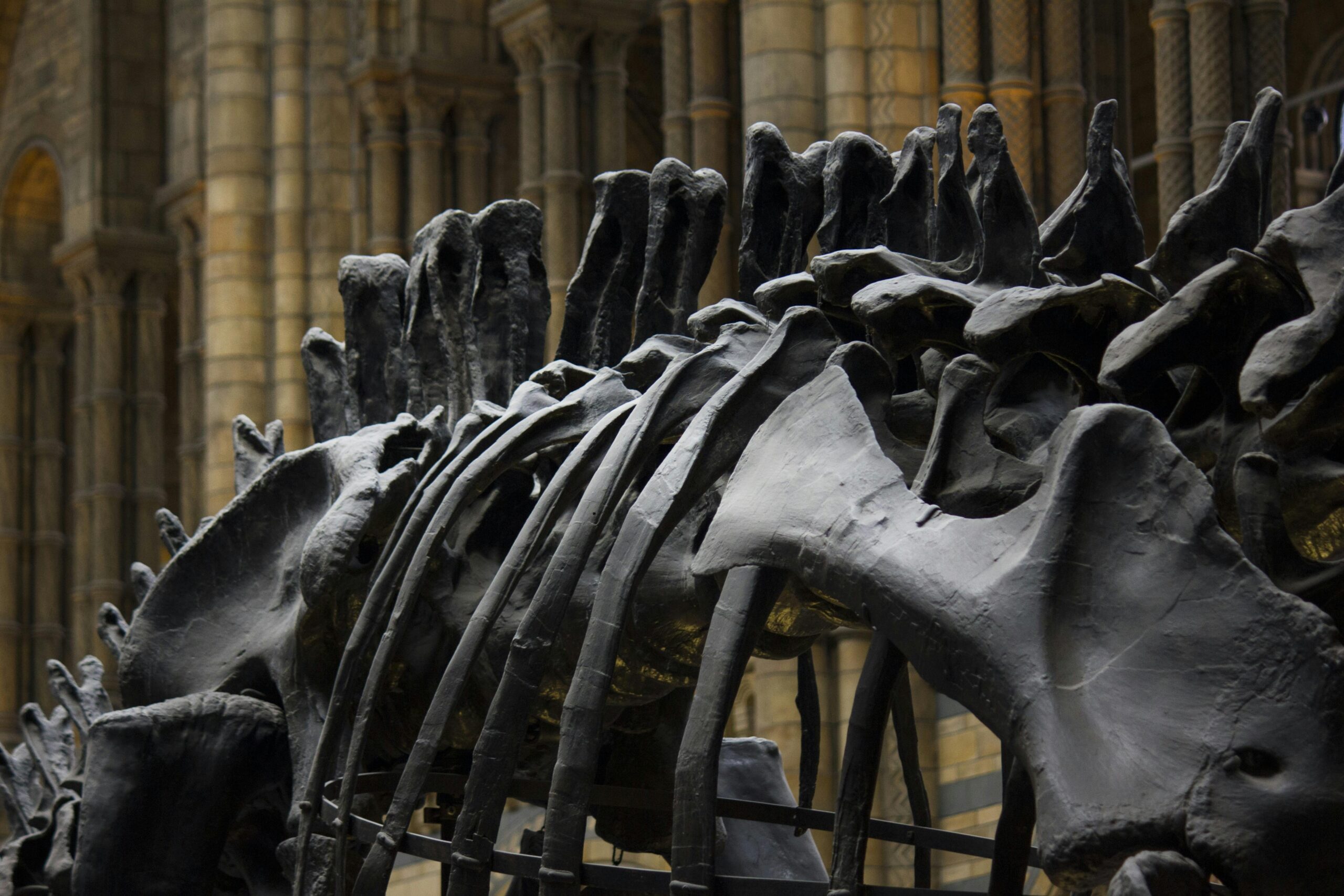I mostly write about climate, weather, environmental science and meteorology. And that is because that is my main interest and the field that I hope to pursue professionally. But a lot of that kind of subject can be grim (see my climate model article). So today I am writing just whatever I like. And what anyone who I know personally will know is; I like dinosaurs.
Dinosaurs have always fascinated me. There is so much mystery about these colossal beasts that once dominated the earth. When I think about the dinosaur fact books I read as a child, we have come so far in our understanding about what they were, how they lived and what they looked like.
I have compiled here some of my favourite facts about dinosaurs that bring me joy.
1. The Birds Came From Dinosaurs > Birds Are Dinosaurs > Birds are Reptiles Pipeline

This is one of my favourite things about our world. I used to wish that I could see a dinosaur, maybe keep a small one as a pet. Turns out I can! And many people do.
After the discovery of the fantastically preserved archaeopteryx, the first known feathered dinosaur lead to the theory that birds evolved from dinosaurs. Now this is a weighted statement to make. Birds are “Aves” and dinosaurs are “reptiles” right? The implication that birds came from dinosaurs would make birds fall under the same category of dinosaurs which is reptiles, so how could this be? Through studies of bones and physiology of dinosaurs and birds, as well as genetic studies of birds and our other closest thing to dinosaurs, crocodilians, we now have a clearer picture.
Under the umbrella of reptile, we have things like snakes, lizards and tuataras (lizard like reptiles from Aotearoa/New Zealand).
From here, we have turtles then crocodilians, followed by pterosaurs, then dinosaurs. Under the title of dinosaur, we get an assortment of extinct branches. For example, sauropods and ornithicians. As well as our well known extant friends, the therapods.
The Therapods (Birds!)
Among the therapods there are many, many extinct species. Such as the beloved king of the dinosaurs, T-rex, the very misrepresented velociraptors, and archaeopteryx. These are the ancestors of the birds we know and love today. Therapods had hollow bones, we know birds do today and they were feathered (and it is suspected that all dinosaurs had feathers or protofeathers even outside of theropods).
Genetic studies have determined that birds’ closest extant relatives are the crocodilians. Which is a disturbing thought to some. Many people have expressed to me that the notion that birds are reptiles is stupid. But I think it is wonderful.
2. Dinosaurs Could Have Sounded Like Birds?
A preserved ankylosaurus larynx shows that dinosaurs sounded not unlike our modern birds.
Wouldn’t it be wonderful to wake up on a bright and probably rather humid day in the Late Cretaceous to hear the singing of the local dinosaurs?
A team working on a site in China found a wonderfully and rarely preserved larynx from an ankylosaurus. It was perfectly able to make a variety of sounds. Ankylosaurs are ornithician dinosaurs and are not directly related to our modern birds, so this has implications for who else might have had this ability. It is unlikely that all dinosaurs had this ability.
Other reptiles have very little in the way of singing ability, and mostly hiss, grunt or growl. Even though birds are known for their songs, there are species of birds, (often the ones where the dinosaur lineage is more obvious) like the cassowary that make low pitch growls too. Dinosaurs would have been as diverse as the life we see today, so they probably made an equally diverse array of sounds.
3. Kunburrasaurus (formerly known as Minmi sp.)
Kunburrasaurus (from “shield” in Mayi(Wunumara) language and “lizard” in Greek) is my favourite dinosaur. This is for many reasons. Kunburrasaurus is an Australian Ankylosaurid (though a very weird one) from the Middle Cretaceous. It was only about three meters long head to tail, so really it was only about the size of a large dog. It was herbivorous and had unusually long limbs for an ankylosaurid. However, there is some debate in the paleontology community: Was Kunburrasaurus dumb?
Dinosaurs aren’t known for their intelligence. Stegosaurus had a brain only the size of a walnut. Dinosaur intelligence is hard to measure, as many are not around to take an IQ test. Intelligence is approximated by a ratio of brain to body size, known as the “encephalization quotient”.
I have not been able to find an exact number, as the skull would have to have a well preserved brain cavity, and then an accurate model of it’s brain. However, it had a rather long narrow head for an ankylosaurus, and from what we can tell, a just as small brain cavity. It is thought to have a fairly low brain to body ratio, leading to a running joke that Kunburrasaurus was very, very stupid.


Leave a Reply